
Hot air balloons are the enigmas of aviation. They are engine-less, propeller-less, wing-less flying contraptions. One may reasonably ask, how do hot air balloons work?
Hot air balloons are made up of three primary parts: the envelope, the basket, and the burner(s). When the burner(s) are turned on, they heat the air inside the envelope. When the air inside the envelope is heated, the entire balloon begins to rise. To land, a “valve” on top of the hot air balloon is opened that allows the hot air to escape.
There is a lot more that goes into making a hot air balloon work than just that. If you’re just curious about balloons or are thinking about getting serious about ballooning, the information below will be very helpful!
Understanding the Parts
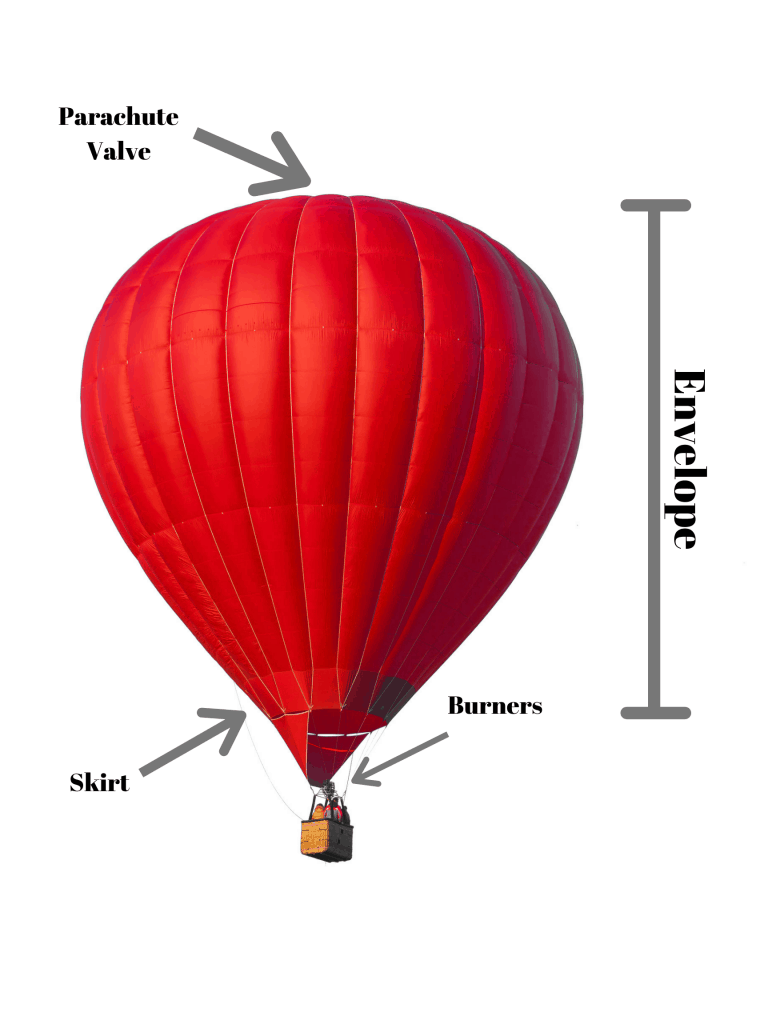
A hot air balloon isn’t just one object; it’s many parts working together to accomplish a single task. The way the different parts all work together explains how a hot air balloon works.
However, in order to understand how all the parts work together, you have to first become familiar with all the parts. Only then can you understand how a hot air balloon works.
None of these individual parts can fly by themselves, but when you put them together they can soar into the sky! On the other hand, take away any of these parts, and you no longer have a hot air balloon.
That is why each of these parts is important, and why it’s important to know about each part to understand how a hot air balloon works.
Basket

The most basic part of a hot air balloon is the basket. The basket is where all the passengers stand and where the propane tanks are stored. The basket is what actually holds the people, so it’s very important.
A basket is normally made out of wicker that has been woven together. At first this may sound really dangerous. I mean, how strong is wicker? Isn’t that just like strong paper?
Well, as it turns out, wicker is really strong. And, just like clothes or fish nets, weaving wicker together makes it even stronger!
Wicker is also very durable. This is helpful for when you have a rough landing. It can deal with the wear and tear of setting down amongst bushes or rocks.
On top of all that, wicker is really light. The less weight the hot air has to lift, the better! The combination of strength, durability, and light weight makes wicker the ideal material for a hot air balloon basket.
Many wicker baskets are woven around poles made of aluminum or other materials.
The baskets for extreme ballooning (long distance or high altitude ballooning) are made out of even more durable materials. They are also usually pressurized.
The basket may also be referred to as a gondola.
Burners

The burners sit directly above the basket supported by poles or supports. The burners are what shoot flame into the envelope to heat the air therein. They are attached to propane tanks usually stored in the basket.
The liquid propane tanks in the basket supply gas to the burners which then ignite the gas into flame. The flame shoots into the envelope.
Being situated directly beneath the burner can be fairly warm, so wearing a hat is a good ballooning tip especially for our taller balloonists!
The height and intensity of the flame is controlled by a valve situated on the propane tank or the burner itself. A gauge will let the pilot know how much propane is being fed to the burners.
Depending on the size of the hot air balloon, more than one burner may be needed to heat the air inside the envelope. Having multiple burners is also a good idea in case one burner malfunctions.
The burners are not left on perpetually, but shoot into the envelope from time to time in order to maintain the desired altitude.
Envelope

The envelope is what a layperson may call the balloon. It is the upside-down teardrop-shaped piece of fabric that gets inflated with air. Traditionally, envelopes tend to be very colorful.
While most envelopes are the same shape, there are also hot air balloons that will take different shapes. Traditionally shaped envelopes are called Montgolfier balloons.
There are actually many parts of an envelope to ensure a safe and successful flight.
The bottom of the envelope is called the throat or mouth. This is the area the flames shoot through to heat the air inside the envelope.
Just beneath the throat is the skirt, a piece of non-flammable material (normally Nomex) that can funnel the hot air through the throat into the envelope without catching fire.
The envelope itself is usually made of ripstop nylon that helps prevent tears. The envelope is actually many panels of material all stitched together. These panels make up several gores, or long vertical sections of cloth.
When the gores are put together, they form the envelope. Each seam is reinforced with expert stitching and heavy duty load tapes. This helps to distribute the pressure and makes the envelope much more durable.
The envelope is also coated with a layer of polyurethane to increase durability.
Parachute Valve

The final important part of a hot air balloon is the parachute valve. This valve is at the very top of the envelope, or on the crown. The parachute valve is how hot air escapes to envelope for landing.
The parachute valve is controlled by a line that is connected to the basket. By pulling on the cord, the pilot can open the parachute valve and allow hot air to escape the envelope.
The parachute valve is important because it allows the pilot to control how much hot air escapes. This helps the balloon to land softly (relatively speaking).
Just like how burners aren’t always left on but shoot hot air into the envelope when needed, landing doesn’t just involve opening the parachute valve and going down.
Letting warm air escape in controlled “bursts” allows the pilot to determine how fast the balloon will approach the ground. Without the parachute valve, landing would be very dangerous.
How the Parts Work Together
Now that you know all the different parts of a hot air balloon (or the important ones at least), we can cover how they work together to make a hot air balloon fly!
As previously mentioned, understanding how the parts of a hot air balloon work together really is understanding how a hot air balloon works.
Of course there’s the science and application, but understanding how all of the parts work together truly is the bread and butter of what makes a hot air balloon work!
Putting it All Together
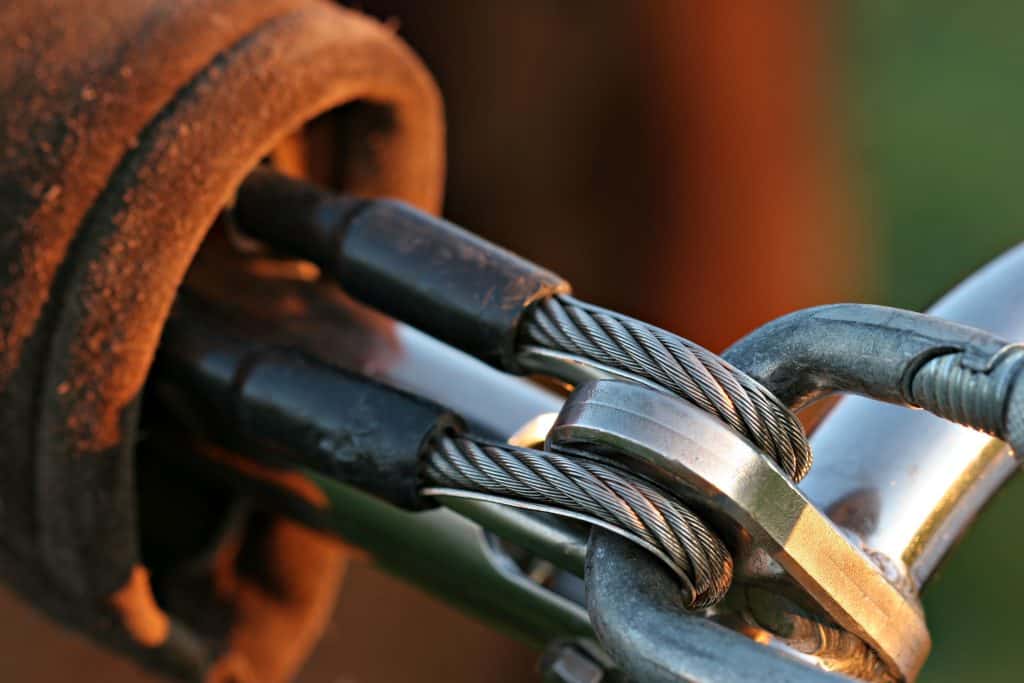
We’ll start with the very literal part of putting it all together: how everything is connected.
As we’ve already mentioned, the burner is attached to the basket by poles that reach above the passengers. Also attached to these poles are chords, normally made of stainless steel, that attach the basket to the envelope.
These chords attach to the load cables on the other side. They’re normally held together using very strong carabiners. These carabiners can also be used for transporting the basket and envelope.
The propane tanks are attached to the burners by a propane hose made of rubber, although stainless steel is also used by some.
Other connections we’ve already covered include how the envelope is stitched together, how the load tape is attached to the seams, and how the poles are attached to the basket.
Of course, putting it all together means more than just literally connecting everything. How exactly does everything work together to get the balloon into the sky?
Getting Off the Ground

After everything is all put together, it’s time for the fun! Flying!
This section will contain a basic step-by step guide to how a hot air balloon works. There is more that goes on with the safety procedures and etiquette, but for our purposes we’ll just stick to the basics.
- Lay out the envelope on the ground. Make sure there are no kinks or tears.
- Have a crew member hold open the throat, and have a crew member man the crown line that allows for control of the envelope during inflation.
- Use the inflator fan to start getting air into the envelope.
- Once the envelope is mostly inflated by the fan, begin firing the burner(s) to heat the air inside the envelope.
- At this point, the envelope will begin to rise. Using the crown line, weights, and having the pilot inside the basket can help hold the balloon in place.
- Once the balloon is upright, get all passengers loaded into the basket!
- Continue using the burners to take off and control your altitude!
- Enjoy!
That’s how you get a hot air balloon working!
The Science Behind the Balloon
Of course, there is more than just the technical side of ballooning. How does a hot air balloon work in theory?
In other words, what is the science behind a hot air balloon?
Well, the short answer that hot air rises, and that’s why hot air balloons fly. The long answer is a little more nuanced than that. Below, we’ll give the medium length-ed answer!
Buoyancy
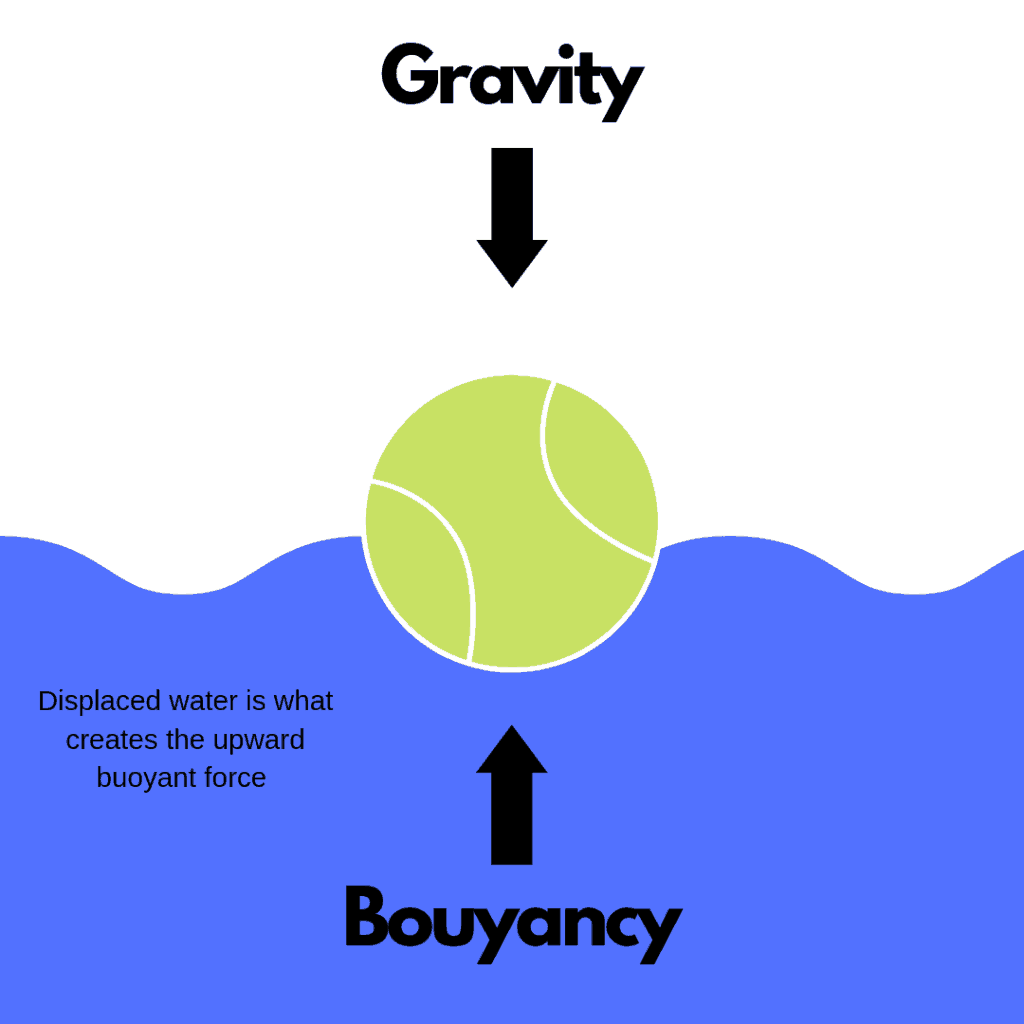
Hot air balloons fly because of the law of buoyancy. This law is also called Archimedes’ principle. The above diagram gives a good visual of how this law works.
Archimedes’ principles states that an object partially or completely submerged in a fluid (a liquid or gas) will be acted upon by an upward force equal to the amount of fluid displaced by the object.
That upwards force is called buoyancy!
As you see in the graphic, a tennis ball placed in a pool of water floats. The tennis ball is acted upon by an upward force equal to the amount of water the tennis ball displaces.
The tennis ball is also acted upon by a downward force, gravity.
When an object floats, that is because the upward and downward force acting on that object are equal. If the downward force is greater, it sinks. If the upward force is greater, it flies!
For a moment, consider what would happen is that tennis ball were made of lead. We all know that the lead ball would sink, but why? It’s the same size as the tennis ball and therefore displaces the same amount of water.
The buoyant force would be exactly the same on both objects, but the lead ball would have a greater downward force. That is what makes the lead ball sink while the tennis ball floats!
And now you understand the law of buoyancy!
Application to Hot Air Balloons
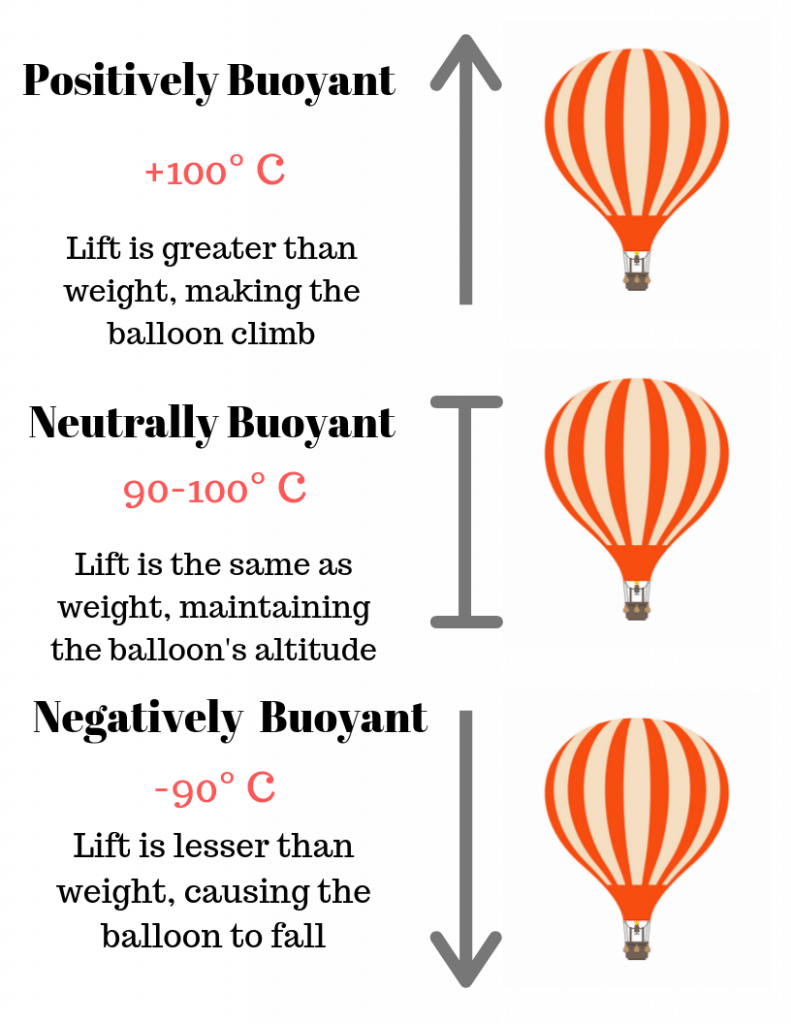
So how do tennis balls relate to hot air balloons?
Well, it has to do with the word I used earlier: fluid. A fluid is either a liquid or gas. That means that the same principles that apply to a tennis ball in water apply to a hot air balloon in oxygen!
It may seem strange to think about it in this way, but we are constantly surrounded by a gas: oxygen.
When the air inside the envelope becomes heated, it becomes less dense than the air outside the envelope. That air begins to rise, and since it’s trapped in the balloon, it lifts the hot air balloon into the sky.
As long as the lift is greater than the weight, the balloon rises. When the lift and weight are the same, the balloon floats. When the weight is greater than the lift, the balloon descends.
And that is how buoyancy causes balloons to work!
Landing, and Maneuvering
Understanding the basics of how a hot air balloon works, both technically and theoretically, prepares us to tackle some of the more nuanced ways hot air balloons work.
Taking off and landing use the same technology and theory that we’ve already covered, but the application is different. This section covers some of the more complex ways in which hot air balloons work.
First, we’ll discuss landing.
Landing is by far the worst part of hot air ballooning. First off, it means that your wonderful waltz through the sky is now over. Secondly, it is not too uncommon to bump some knees or elbows during landing. Ouch!
Aside from being no fun, landing is also one of the most difficult parts of flying a hot air balloon. It requires focus and precision.
Secondly, we’ll discuss maneuvering.
Maneuvering is somehow nuanced and simple at the same time. It involves very little knowledge, but a whole lot of practice to get good at it. We’ll cover all we can, but the best way to learn about maneuvering is practice!
Let’s jump in!
Landing

As we’ve already discussed, hot air balloons rise because the lift is greater than the weight. Conversely, balloons descend because their weight becomes greater than the lift.
In order to begin descending, the pilot will open the parachute valve to allow hot air to escape from the envelope. This means there is less and less lift, so the weight becomes greater than the lift.
The hard part is not letting out too much hot air! If there is no lift at all, the balloon will plummet to the ground. Because of this, pilots will use the parachute valve in the same way they use their burner: a little bit at a time.
Also, as time goes on, the air inside the envelope will gradually begin to cool if the burners are not turned on. Again, the trick is to keep enough hot air in the envelope that the balloon doesn’t go into a free-fall!
Because the goal is to descend gradually, keeping enough hot air in the envelope without having too much or two little, landing isn’t always a speedy process.
A common way to land a hot air balloon is called the “step-down approach”. This approach involves lowering the balloon a little bit at a time, maintaining altitude in between each descent.
This approach kind of looks like going downstairs, this its name: the step-down approach.
In determining a landing area, it’s always good to ask three questions: is it safe? Is it legal? Is it polite? If the answer to each question is yes, then it’s a good landing site!
When getting close to the ground, the pilot may lower a “drop line” that the ground crew can grab hold off. This allows the ground crew to assist the pilot in landing, especially in smaller ore precarious areas.
Maneuvering

Maneuvering a hot air balloon is as much a science as it is an art and vice versa. It certainly applies hard science, but you kind of have to have a feel for it. It’s one of the intangibles of ballooning in that way.
Hot air balloons are different from many other flying machines because they don’t have an engine or wings. This means that there isn’t much control over where a hot air balloon goes.
In fact, the balloon will go wherever the wind goes. So, how is it possible to maneuver a hot air balloon?
Well, as you change your altitude, you’ll run into air streams that are heading in different directions. That means that you can change the direction of the balloon by changing elevation!
Unfortunately, there is no sign that tells you where the air streams change, which way they’re heading, or how fast they’re going.
So, there are lots of tools balloonists have to use. From small helium balloons to dropping shaving cream, there are plenty of ways to determine where the desired air stream is.
That is also where intuition and experience come in. Some pilots are like fish in water when they get into the sky!
Fuel, Meters, and Other Equipment
There are several pieces of equipment that help hot air balloons work better. Knowing about these pieces of equipment really helps round out how hot air balloons work!
This is not meant to be an exhaustive list of every piece of equipment you may find helpful in ballooning. It’s also not a product review, so you’ll have to figure out which brands work best for you!
Liquid Propane
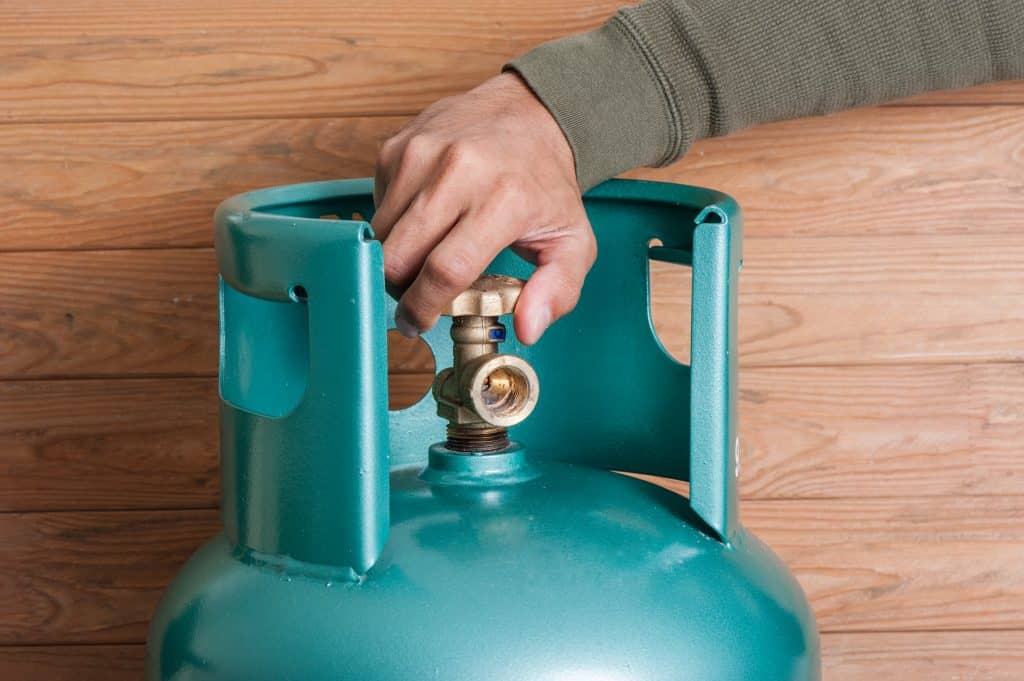
Okay, I know what you’re thinking. It may seem kind of redundant to say that a hot air balloon needs fuel to fly, but the truth is that a hot air balloon needs fuel to fly.
Boom. Redundancy. Consider yourself redundancized.
Anyway, it really is important to have fuel on this list. First of all, if you’re new to hot air ballooning, you may be wondering what kind of fuel to get! The answer is liquid propane gas!
Having the right amount of fuel for a hot air balloon trip is imperative. What happens if you’re 2,000 feet in the air and you suddenly run out? That’s no bueno.
Don’t forget fuel.
Altimeter

An altimeter tells you what your altitude is! They’re normally set to sea level, but you can adjust the settings to match your area.
These can be handy in avoiding going to high, making sure you’re high enough (legally speaking), or if you’ve somehow lost visibility.
Altimeters tend to be small, very transportable, and super accurate. In fact, as you can see in the image above, many altimeters can be worn like watches.
Knowing your altitude is so helpful when ballooning. You can probably find an altimeter at your local sports store under the climbing or hiking section!
Sparkers

Sparkers refer to flint and steel, matches, lighters, or actual sparkers. These tools are used when a burner goes out mid-flight, or if the electronic sparker isn’t working in the burner.
I would definitely recommend carrying multiple different options here. A classic one two punch is a lighter and a box of matches.
Part of ballooning is being prepared for every situation. Not much can go wrong, but when it does, the difference between life and death may just be your preparation.
So, pick up a couple of sparkers just in case something does go wrong with a burner mid-flight. At worst, you can use your matches to get the fire going before smores. Yum!
Variometer
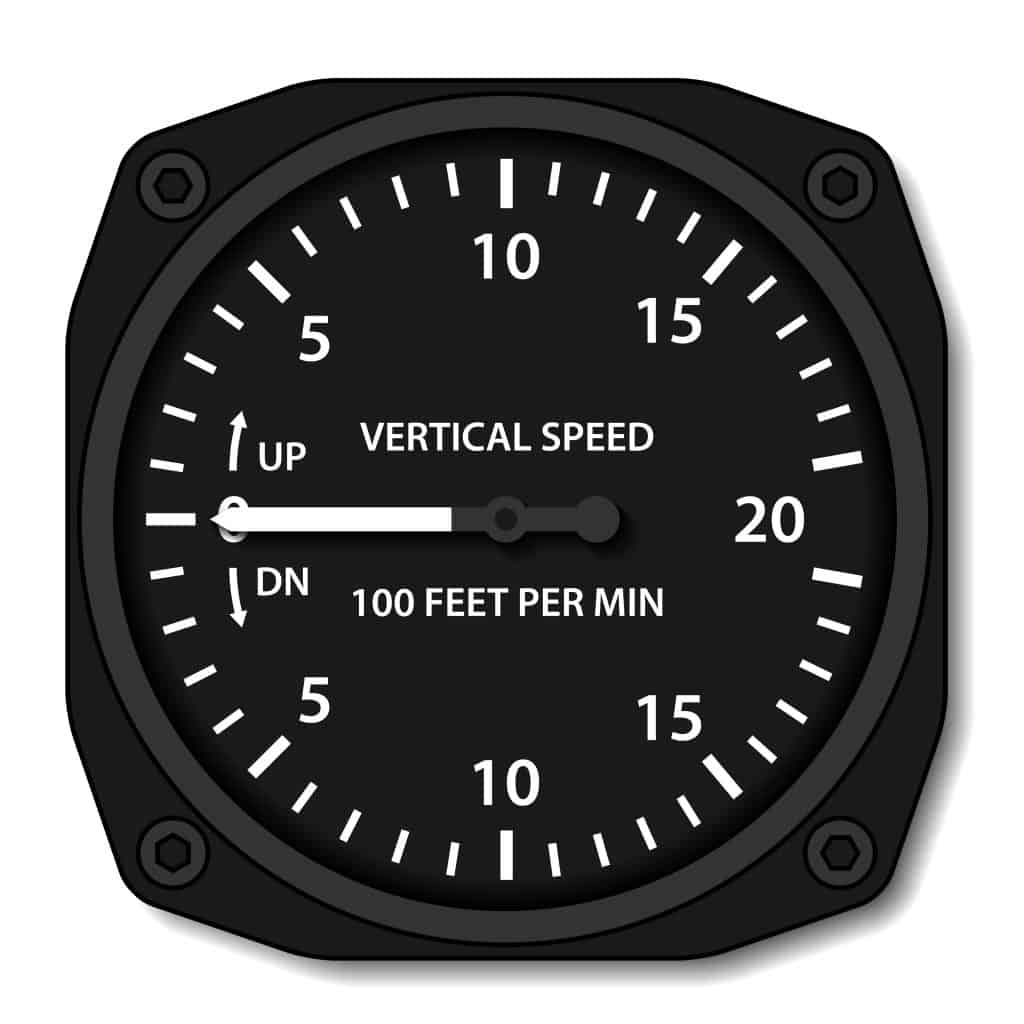
A variometer tells you if you’re going up or down, and how fast you’re going up or down. This tool is super helpful pretty much always.
From take off to landing and even trying to judge air currents, a variometer is your go to tool. It is especially helpful when you’re ballooning around other balloons or other obstacles.
Like the altimeter, it is light, easy to transport, and very reliable. Trust me when I say a variometer makes ballooning so much easier!
The Development of Hot Air Balloons
In closing, it’s worth noting how hot air balloons have changed over time. In this section, we’ll look at how hot air balloons have worked differently as technology has improved.
Even though hot air balloons use relatively simple technology, there have still been some serious developments in how hot air balloons work over the years!
Hot Air Balloons Then

The hot air balloon was invented by two French brothers, Joseph and Étienne Montgolfier. The first successful manned flight took place on November 21, 1783.
The earliest balloons had to burn straw and wood on board in order to heat the air inside the envelope. Unfortunately, early balloonists thought it was smoke, not hot air, that lifted the balloon into the sky.
Because of this, they would usually use wet straw and wood, which created more smoke. This was a major setback.
This made take off and landing particularly difficult. Thankfully, these balloons didn’t fly nearly as high as modern balloons.
Early hot air balloons also didn’t have the modern convenience of tear proof and fire resistant materials when making their envelopes.
It was not uncommon to use sackcloth with wall paper and fishnets when making the envelope. The sackcloth would be buttoned together with decorative wallpaper over-top. The fishnets held everything together.
There were many misconceptions about flight that led early balloons to carry much unnecessary equipment. Scientists began to understand the similarities between water in air, but some took that understanding a little too far.
Some hot air balloons carried oars, large sails, and even anchors.
Early hot air balloons were not very safe, so they were quickly abandoned in favor of gas balloons.
Hot Air Balloons Now

The gap between early hot air balloons and modern balloons was bridged by Ed Yost. In many ways, Mr. Yost single-handedly brought hot air ballooning into the modern age.
Yost became familiar with gas balloons through his career, and became interested with hot air balloons during the 1950’s. At that time, it had been over 100 years since hot air balloons had been used by virtually anyone.
There were many hurdles to overcome, but each hurdle turned into a great breakthrough. Using modern science and technology, Yost was able to take the early designs of the Montgolfier brothers and make them more safe and reliable.
Some of the notable improvements include using liquid propane and burners, more durable and less flammable material for the envelope, and perfecting the upside-down teardrop-shaped envelope.
In some ways, Yost’s greatest additions were in what he got rid of. There were so many things early balloons used that weren’t at all necessary. By eliminating these parts of the balloon, vastly improved the balloon.
Yost was basically doing what Steve Jobs once told Mark Parker to do, “Just get rid of the crappy stuff and focus on the good stuff” (Forbes).
It wasn’t long before people become interested in Yost’s work. By the late 1960’s hot air balloons were officially back into popularity.
Today, hot air balloons still follow the basic model set up by the Montgolfier brothers while including the upgrades provided by Yost and others since him.
Hot air ballooning is it an all time high (pun intended) in popularity, safety, and growth. The interest in hot air ballooning is largely because of the safe and reliable way hot air balloons work.
